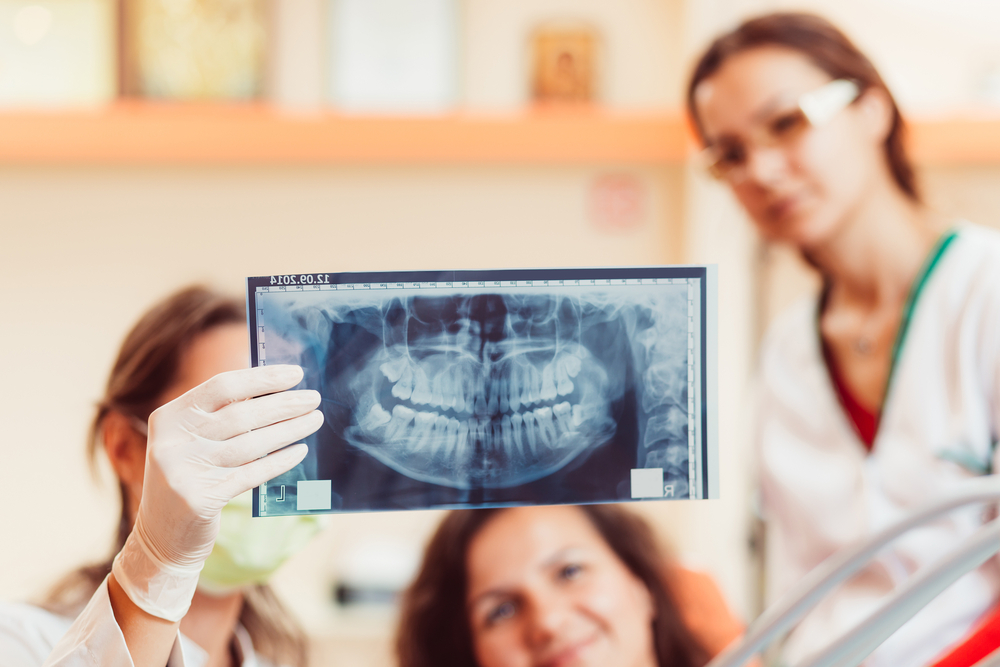
The American Dental Association supports the use of dental X-rays. This form of diagnostic exam can help detect any hidden problems in the jawbone, teeth, or gums. It is safe and useful in determining what treatment can help you the most. Understanding why dental X-rays are important can help you promptly take them to facilitate your treatment. Here are the details.
Why X-rays Are Important
Dental X-rays are important in spotting impacted teeth and cavities. It is a simple and noninvasive tool that is as valuable as a dental cleaning treatment. Your dentist can order dental X-rays each year. These X-rays may happen more often if your dentist is keeping an eye on your treatment or dental issue. Here are the factors that affect the frequency of your dental X-rays:
Your history of tooth decay
Your age
Your oral disease symptoms
Your current oral health
You will need a dental X-ray if you are a new patient. This will give your dentist a complete picture of your oral health. Kids will need more frequent dental X-rays because their teeth and jawbones are still developing. Their dental X-rays will help their dentists see if there are any problems with their baby or adult teeth. Here are the other reasons for getting dental X-rays:
For detecting tooth decay that develops under dental restorations or between teeth
For spotting diseases in the jawbone
For pinpointing different tumors
For seeing infections underneath the gums
For detecting gum disease
For spotting impacted teeth
For detecting infections in the tooth root
For Viewing Changes in the Mouth
Your dentist can see how your child’s jawbones and teeth are developing by using dental X-rays. Any developmental issues can receive correction right away. If there are injuries to your mouth or face, your dentist can use this diagnostic exam to see how bad the damage is. Early detection of the damage can prevent the problem from worsening.
For Determining a Patient’s Eligibility for Restorations
Your dentist will order dental X-rays to see if you can have treatments, such as dentures, dental implants, or braces. The images will help your dentist spot the thinning parts of your jawbone. They can also spot the dental spaces that need restorations.
For Keeping an Eye on Procedures
Dental X-rays can help your dentist view the progress or problems after specific dental treatments. If you had a dental bone graft, the images could tell your dentist if the bone is healing well. They can also help your dentist see if the root canal therapy is holding up. Any spotted problems can receive corrections right away.
The Types of Dental X-Rays
The right type of dental X-ray can determine what kind of problem you have. Getting the right images can help you get the right diagnosis and treatment. You may need to see which dental clinic has the dental X-ray that you need.
Periapical, bitewings, and occlusal X-rays are all intraoral X-rays. Periapical intraoral X-rays can help assess the health of the jawbone, dental crowns, and dental roots. Bitewings can see if the upper and lower teeth have cavities. They can also see if you have tartar and intact fillings. Occlusal intraoral X-rays can view the upper and lower jawbones. The images can also reveal if there are salivary stones on the floor of your mouth.
Panoramic extraoral X-rays can show all your teeth, maxillary sinuses, and jawbones. Cephalometric extraoral X-rays show your TMJs and wisdom teeth. Cephalometric extraoral X-rays can show the front and sides of your mouth. A cone beam can give a 3D image of your head.
Dental X-rays can help your dentist find the most effective treatments for your dental situation. At Above & Beyond Dental, we help our patients achieve their dental health goals with our products and services. Please drop by our clinic in Bedford, Texas, for an in-person consultation. Please call 817-571-1667 to schedule an appointment or learn more about our dental X-ray packages.







